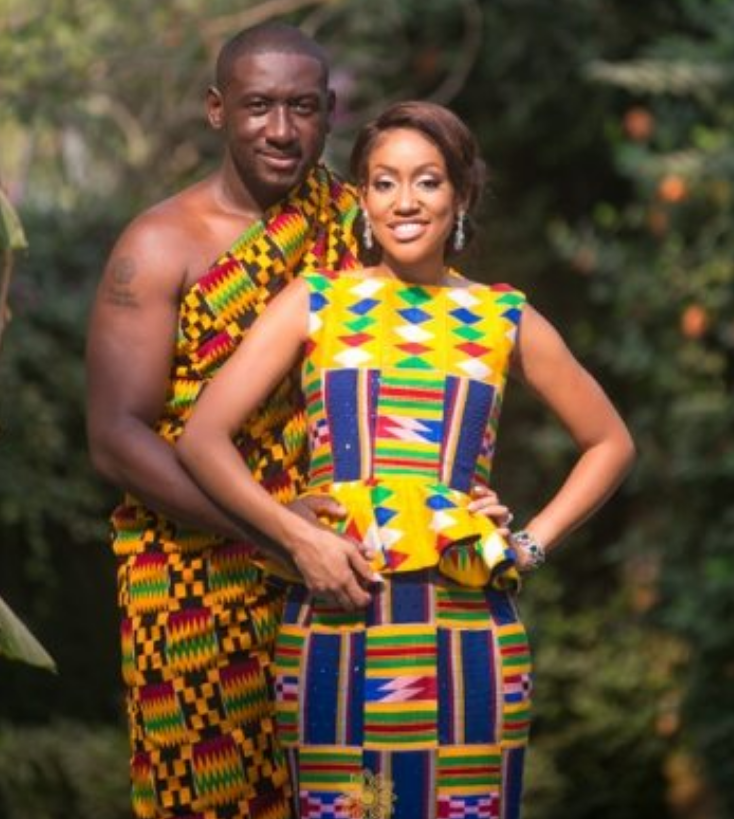Traditionally, the groom gives a watch to the bride’s father when his proposal is accepted.
Though some brides still uphold custom by embroidering their groom’s wedding shirt, today’s Spanish brides generally choose white wedding dresses for themselves rather than the black lace or silk gowns that were once popular.
No matter what color the dress, lacey mantillas secured with combs often complete the ensemble. In Andalucia (Andalusia), a few brides wear a frilled, flamenco style dress in homage to the distinctive regional dance.
Flower selections vary from region to region. In Seville (Sevilla), where richly-scented orange trees abound, brides wear orange blossom wreaths or carry generous bouquets to represent the promise and fulfillment of the orange tree.
Brides in Andalusia prefer pink and white rose garlands, while Castillian brides wear white flowers.
Because dining late is a Mediterranean custom, wedding ceremonies often aren’t scheduled until evening. According to tradition, the bride’s father escorts his daughter to the church after having ensured that the groom has not seen her the night before the ceremony. The groom’s mother walks down the aisle with her son.
Spanish wedding ceremonies are marked by an exchange of 13 gold coins in a special purse or box. Details of this custom vary from source to source, but even today it is readily possible to buy reproduction coins to honor the tradition.
Whether gold or imitation, these coins are blessed by the officiating priest. They are said to represent Jesus Christ and his apostles, so they not only have a religious connotation but also a practical one since they represent a dowry, a pledge of the new groom’s willingness to support his wife.
The bride and bridegroom exchange wedding rings as well. These are worn on the ring fingers of their right hands.
As they emerge from the church, the newlyweds are often greeted with firecrackers. Once the reception begins, the festivities continue into the night with dining and dancing.
The wedding dance is called “sequidillas manchegas.” Guests who dance with the bride, traditionally give her money, but pieces of the groom’s tie and/or the bride’s garter may also be auctioned off for good luck.
Though the Spanish bride throws her bouquet to whomever will be next to marry, she also hands out pins with a flower motif to unmarried ladies who attach them to their clothing upside down.
The hope is the pins will be lost during the dancing, and therefore indicate the lady will soon marry. Other favors for wedding guests are cigars for the gentlemen and something nicely scented for the ladies.
Area delicacies are always on the reception menu. Paella, a delicious seafood and rice stew, is popular along the coast while sangria, a red wine punch, is found at most Spanish gatherings. The wedding sponge cake is rich with fruit and almonds.
Whatever your heritage, consider adopting a custom or two from the rich culture of Spanish weddings.
#Pavithra








 Egyptian weddings are often arranged at the engagement part a groom to be gives his bride to be a money known as Mahr. This money is used to buy jewelery called Shabka and furniture. The groom gives her a ring which she wears on her right hand. Before the wedding henna tattoos are applied on bride’s feet and hands.
Egyptian weddings are often arranged at the engagement part a groom to be gives his bride to be a money known as Mahr. This money is used to buy jewelery called Shabka and furniture. The groom gives her a ring which she wears on her right hand. Before the wedding henna tattoos are applied on bride’s feet and hands.







You must be logged in to post a comment.